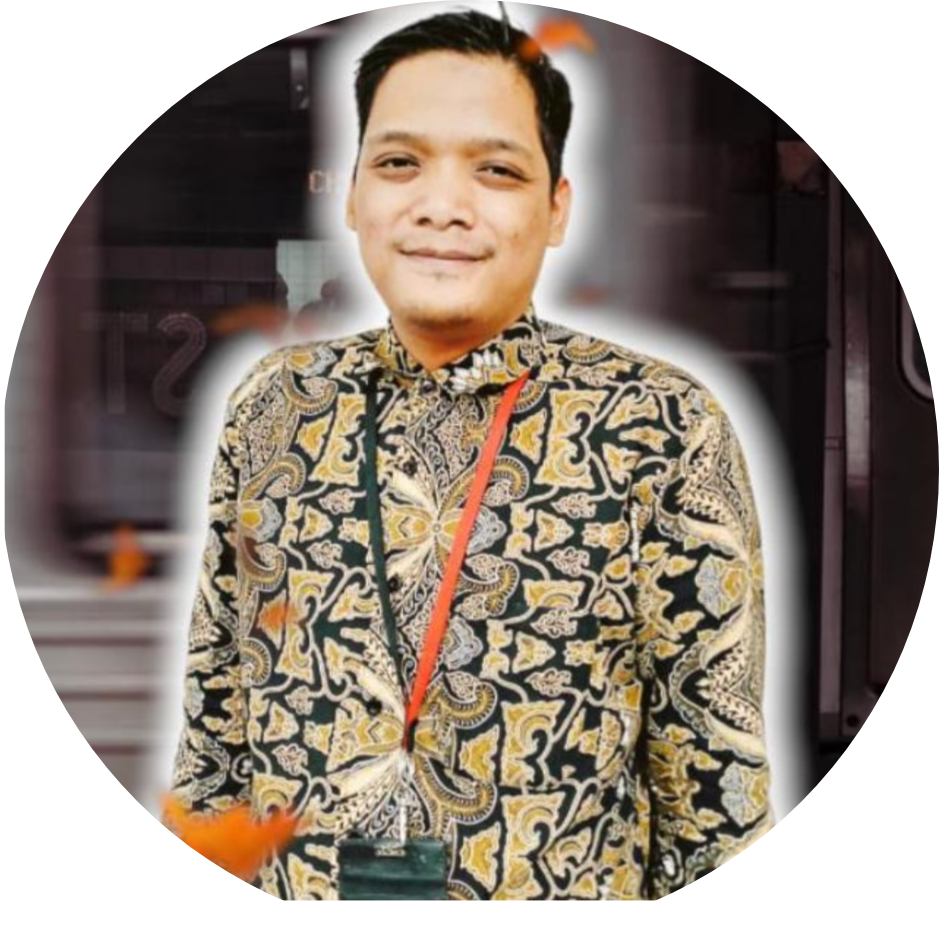
Training Control Valves: Operation and Maintenance & Troubleshooting

Pelatihan Control Valves: Operation and Maintenance & Troubleshooting
Pendahuluan Training Control Valves: Operation and Maintenance & Troubleshooting
To reduce the effect of these load disturbances, sensors and
transmitters collect information about the process variable and its
relationship to some desired set point. A controller then processes
this information and decides what must be done to get the process
variable back to where it should be after a load disturbance occurs.
When all the measuring, comparing, and calculating are done, some type
of final control element must implement the strategy selected by the
controller.
The most common final control element in the process control
industries is the control valve. The control valve manipulates a
flowing fluid, such as gas, steam, water, or chemical compounds, to
compensate for the load disturbance and keep the regulated process
variable as close as possible to the desired set point.
Many people who talk about control valves or valves are really
referring to a control valve assembly. The control valve assembly
typically consists of the valve body, the internal trim parts, an
actuator to provide the motive power to operate the valve, and a
variety of additional valve accessories, which can include
positioners, transducers, supply pressure regulators, manual
operators, snubbers, or limit switches.
Whether it is called a valve, control valve or a control valve
assembly is not as important as recognizing that the control valve is
a critical part of the control loop. It is not accurate to say that
the control valve is the most important part of the loop. It is useful
to think of a control loop as an instrumentation chain. Like any other
chain, the whole chain is only as good as its weakest link. It is
important to ensure that the control valve is not the weakest link.
Following are definitions for process control, sliding-stem control
valve, rotary-shaft control valve, and other control valve functions
and characteristics terminology.
Tujuan Training Control Valves: Operation and Maintenance & Troubleshooting
1. To able know to introduction to control valves
2. To able know to control valve performance
3. To able know to valve and actuator types
4. To able know to control valve accessories
5. To able know to control valve selection
6. To able know to special control valves
7. To able know to installation and maintenance
Materi Training Control Valves: Operation and Maintenance & Troubleshooting
1. Introduction to Control Valves
a. What Is A Control Valve?
b. Process Control Terminology
c. Sliding-Stem Control Valve Terminology
d. Rotary-Shaft Control Valve Terminology
e. Control Valve Functions and Characteristics Terminology
2. Control Valve Performance
a. Dead Band
b. Actuator-Positioner Design
c. Valve Response Time
d. Valve Type And Characterizatione.
e. Valve Sizing
3. Valve and Actuator Types
a. Control Valves
b. Control Valve End Connections
c. Valve Body Bonnets
d. Control Valve Packing
e. Characterization of Cage-Guided Valve Bodies
f. Valve Plug Guiding, Restricted-Capacity Control Valve Trim
g. Actuators
4. Control Valve Accessories
a. Positioners
b. Other Control Valve Accessories
5. Control Valve Selection
a. Valve Body Material
b. Designations for the High Nickel alloys
c. Pressure-Temperature Ratings for Standard Class
d. Face-to-Face Dimensions
e. Control Valve Seat Leakage Classifications
f. Control Valve Flow Characteristics
g. Valve Sizing
h. Non-Destructive Test Procedures
i. Cavitation and Flashing
6. Special Control Valves
a. High Capacity Control Valves
b. Low Flow Control Valves
c. High-Temperature Control Valves
d. Cryogenic Service Valves
e. Customized Characteristics and Noise Abatement Trims
f. Valves Subject to Sulfide Stress Cracking
7. Installation and Maintenance
a. Proper Storage and Protection
b. Proper Installation Techniques
c. Control Valve Maintenance
d. Actuator Diaphragm, Stem Packing
e. Seat Rings
f. Bench Set.
8. Troubleshooting
PARTICIPANT
• Instrumentation Engineers & Technicians
• Design and Process Engineers
• Operation, Piping, Mechanical and Plant Engineers
• Maintenance Technician and supervisors
• Service Engineers and supervisors
• Work over engineers and supervisors
• Asset Manager Team members
• Everybody who are responsible for selecting, purchasing, or
repairing control valves.
Metode
Presentation
Discussion
Case Study
Evaluation
Lokasi Pelatihan Tahun 2023 :
Yogyakarta, Hotel Dafam Seturan
Jakarta, Hotel Amaris La Codefin Kemang
Bandung, Hotel Grand Serela Setiabudhi
Bali, Hotel Ibis Kuta
Lombok, Hotel Jayakarta
Catatan :
- Waktu pelatihan Dua+1* hari dengan Biaya tersedia untuk Perorangan, Group, dan Inhouse Training, belum termasuk akomodasi/penginapan.
- Untuk biaya dan jadwal training harap menghubungi marketing kembali
Investasi training:
Investasi pelatihan selama dua hari tersebut menyesuaikan dengan jumlah peserta (on call). *Please feel free to contact us.
Apabila perusahaan membutuhkan paket in house training, anggaran investasi pelatihan dapat menyesuaikan dengan anggaran perusahaan.
Fasilitas training:
Free Penjemputan dari bandara ke hotel*.
Modul / Handout.
Flashdisk*.
Certificate of attendance.
FREE Bag or bagpacker.
Training Kit (Photo Documentation, Blocknote, ATK, etc).
2x Coffe Break & 1 Lunch.
Souvenir .

